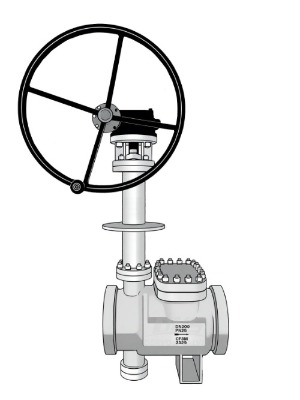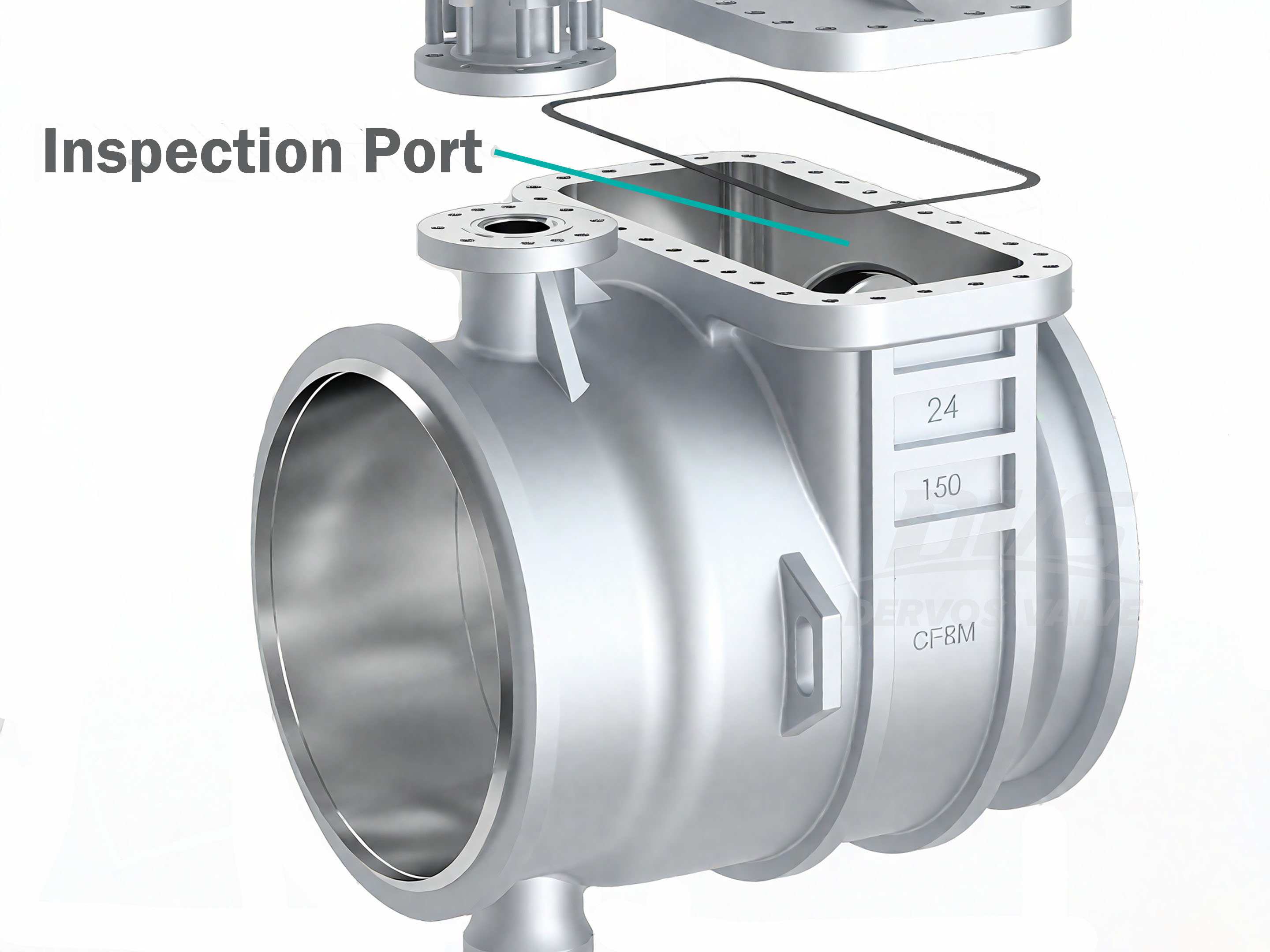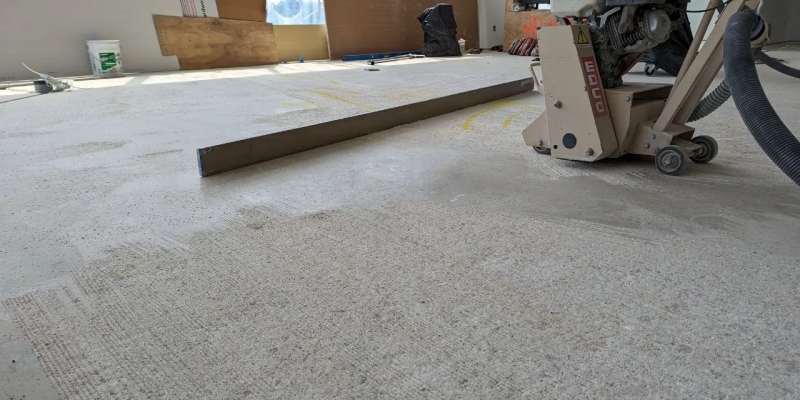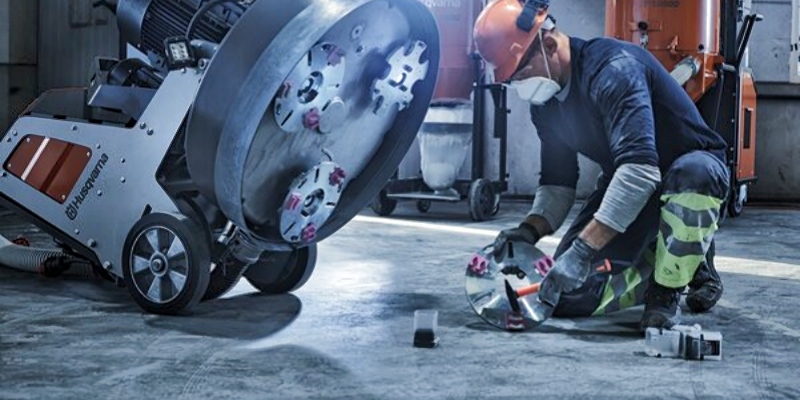What is high silicon steel used for?
Explore how high-silicon steel (electrical steel) can be widely used as a core material in transformers, high-efficiency motors and new energy fields, contributing to global energy efficiency improvement and green energy transition. Foshan Shunde Shunge Steel Trading Co., Ltd. can provide you with high-quality silicon steel.
In the global wave of pursuing sustainable development and energy efficiency, a seemingly ordinary yet crucial metal material is playing an irreplaceable role - it is high-silicon steel, also known as electrical steel or silicon steel sheets. It is not merely a material; it is a key enabler for enhancing energy efficiency and reducing carbon emissions. So, where exactly is this magical material used?
1.The heart of the power system: transformer
This is the most classic and widely used field of high-silicon steel. Transformers shoulder the important responsibility of voltage conversion and electrical energy transmission, and are distributed in every link from power plants to thousands of households.
Working principle: The core inside the transformer is composed of a large number of high-silicon steel sheets stacked together. When current passes through, a magnetic field is generated in the iron core. High-silicon steel, due to its extremely high magnetic permeability and low iron loss characteristics, can significantly reduce the energy loss caused by magnetic field changes (i.e., "eddy current loss" and "hysteresis loss").
The value brought: The no-load loss of the transformer made of high-performance high-silicon steel we provide can be reduced by 20% to 50%. This means that the waste of electricity during transmission has been significantly reduced, which represents a huge energy saving and operational cost reduction for power grid operators. For society, it represents a significant reduction in carbon emissions.
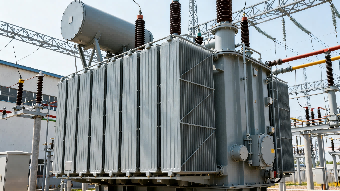
2. The core of industrial drives: High-efficiency motors (motors)
From factory production lines to household air conditioners and washing machines, motors are the main equipment that converts electrical energy into mechanical energy, consuming approximately half of the world's electricity.
Working principle: Similar to transformers, the stator and rotor cores of motors are also made of high-silicon steel sheets. High-efficiency motors have extremely high requirements for the magnetic properties of core materials.
The value brought: Motors made of high-grade high-silicon steel have lower iron loss and higher energy conversion efficiency. This directly complies with increasingly strict global energy efficiency standards (such as China's GB18613 and the EU's IE grade), helping manufacturers produce more energy-efficient and environmentally friendly end products and saving considerable electricity bills for downstream users.

3. Cutting-edge equipment in the new energy era
With the rapid development of industries such as photovoltaic, wind power and new energy vehicles, high-silicon steel has found new and broader application stages.
New energy vehicle drive motors: New energy vehicles pursue longer driving ranges, which requires drive motors to have extremely high power density and efficiency. High-performance thin-gauge high-silicon steel is an ideal material for manufacturing such miniaturized, lightweight and high-efficiency motors, which can effectively enhance the overall performance of the vehicle.
Photovoltaic inverters and wind power converters: These devices are responsible for converting the direct current generated by solar panels or the variable-frequency alternating current produced by wind turbines into stable and usable industrial frequency alternating current and feeding it into the power grid. The reactors and transformers inside it also require low-loss and high-stability high-silicon steel to ensure efficient and reliable operation.
4. High-end consumer electronics and special electrical appliances
Even in the high-end household appliances we come into contact with in our daily lives, there is the presence of high-silicon steel. For example:
The iron core of the inverter compressor motor in high-end air conditioners.
The core of the induction coil inside a high-power induction cooker.
Uninterruptible power supplies (UPS) and special transformers in precision medical equipment.
Choose Foshan Shunde Shunge Steel Trading Co., LTD., choose excellence and reliability
The performance of high-silicon steel directly determines the energy efficiency grade and market competitiveness of the final product. Foshan Shunde Shunge Steel Trading Co., Ltd. has been deeply engaged in the field of special steel for many years. We offer:
Full range of products: Covering high-grade electrical steel with different silicon contents, thicknesses and coatings, meeting various demands from traditional transformers to the most cutting-edge new energy drives.
Outstanding magnetic performance: Extremely low iron loss and high magnetic induction intensity ensure that the core energy efficiency indicators of your products lead the industry.
Professional technical support: Our team of materials scientists and engineers can offer you material selection advice, application simulation and processing guidance, serving as a solid backing for your technological innovation.
On the global path towards a low-carbon economy, the value of high-silicon steel is becoming increasingly prominent. Choosing the right material partner means choosing a future that is efficient, reliable and sustainable.
